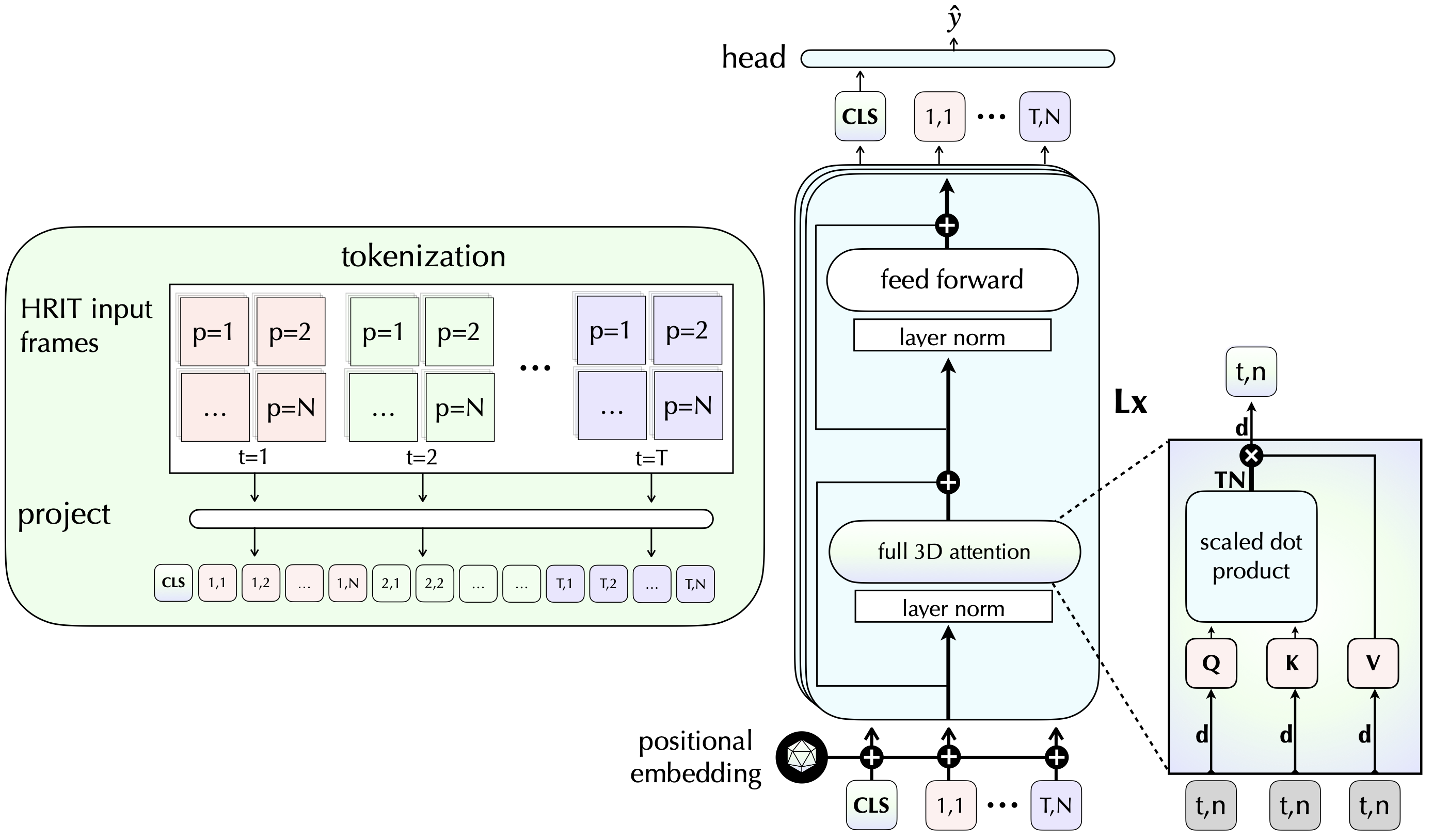Levi Harris

SN 226
232 S Columbia St
Chapel Hill, NC 27514
👋 Hello! I am a second-year CS MS student at UNC Chapel Hill working with Dr. Tianlong Chen. During my undergrad at UNC, I also worked with Dr. Gedas Bertasius to develop huge multimodal datasets for video understanding. Today my interests lie broadly in AI4Science problems, with a particular focus on applications for metrology and Earth science domains. These challenges create opportunities for high-impact, cross-disciplinary collaborations that I find deeply rewarding.
Feel free to reach out (email is likely your best bet) with any questions about research or grad school!
news
| Nov 16, 2025 | |
|---|
